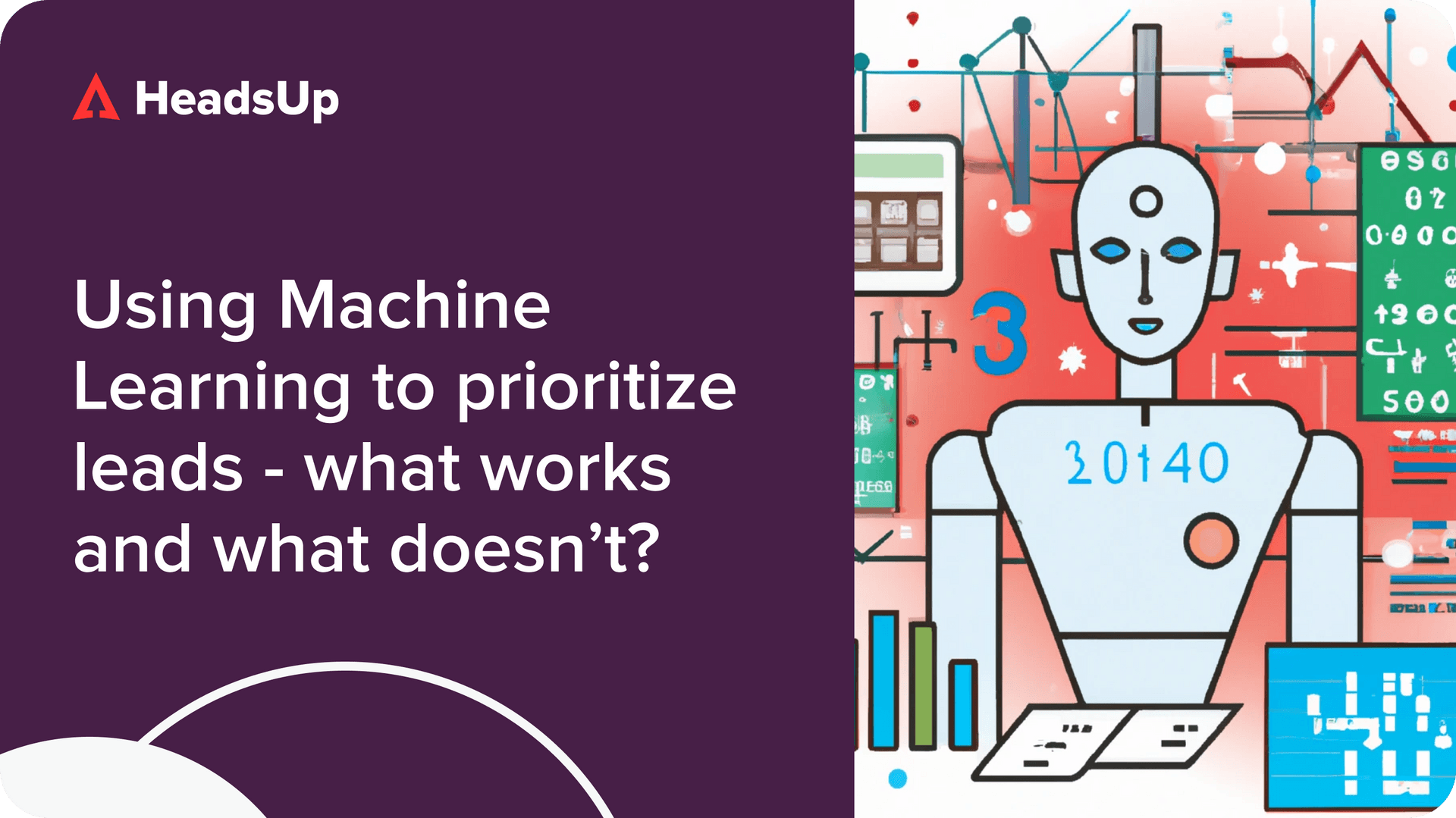Adopting Product Qualified Leads (PQLs) as a core component of your GTM motion is a game-changing step if you want to grow your revenue faster, in any Product-Led Growth (PLG) company.
Here’s why.
PLG companies need to prioritize well to win
One unique advantage of being a PLG company is that your freemium product generates a large volume of thousands of potential customers, or ‘leads.’ These are:
- Free and trial users who could convert
- Basic tier users who may be open to upselling
However, you can’t possibly send your sales reps to upsell to everyone. In fact, you cannot even reach half of these potential customers manually. You probably only have the resources to actively engage with a few.
Therefore, it becomes critical to prioritize well. With limited time and resources in your sales team, success comes from focusing only on those with high likelihood to convert. High conversion rates keep the cost of acquisition low, helping you scale with greater revenue efficiency.
Some companies already try do this with Marketing Qualified Leads (MQLs). But as most industry leaders observe, the MQL is broken. Current benchmarks show that only less than 5% of MQLs convert. Meaning to say, they don’t truly deliver the kind of conversion rates and ROI on sales and customer engagement that you should be aiming for. If you’re still selling to MQLs, you’re wasting your time, 95% of the time. Given this reality, it is surprising that so many companies still believe in the merits of the MQL.
The traditional Marketing Qualified Lead is no longer sufficient for product-led companies like ours. Product Qualified Leads help us determine which customer to focus on. Using PQLs will be a game-changer for PLG, and companies that fail to adopt it are going to fall behind.
– Ankit Pansari, Co-founder and CEO, OSlash
Product Qualified Leads to the rescue
PQLs address the shortcomings of MQLs by optimizing for conversion rates by tracking reliable indicators of future purchase and upgrade. With PQLs, sales teams no longer have to second-guess who is a ‘good fit’ or ‘high-intent’ user, because they can determine this accurately and with certainty by leveraging product-usage data. Because PQL qualification incorporates such usage data-driven attributes, they are 5-10x more likely to convert than MQLs.
Industry stats attest well to this:
- PQLs often have conversion rates 5x higher than MQLs (Accenture)
- 25-30% PQLs convert to paid (Tomasz Tunguz, Redpoint Ventures)
- Only 2% MQLs convert to paid (SiriusDecisions)
How are Product Qualified Leads able to predict conversion so much better than MQLs? Let’s get right into the details on why.
PQLs vs MQLs: It’s one or the other. Pick the better one.
Product Qualified Leads should replace Marketing Qualified Leads because PQLs measure whether a lead acts the part of a future customer, not just whether it looks the part. MQLs only gauge fit and intent—whether a lead fits the target customer profile and has indicated interest. PQLs measure fit, intent, and value—whether your users are already getting enough out of the product to drive a desire to upgrade.
Fit
- Is a lead a good customer fit?
- Do they have the appropriate title?
- Is their company the right size?
Intent
- Did they visit the pricing page?
- Are they attending a webinar?
- Have they reached out via support or a request form?
Value
- Have they completed the activation flow? Reached the “Aha” moment?
- Do they have multiple users collaborating in the product?
- Are they consistently logging in?
Without measuring ‘value’, it is hard to know whether your product is meaningful enough to your users to drive upgrade consideration. That’s why MQLs have much lower conversion rates than PQLs.
Get guides on winning PLG practices in your inbox weekly
Wait, how about Sales Qualified Leads (SQLs)?
PQLs quickly become SQLs. Once a lead passes the above criteria, they are passed off to sales for further qualification before becoming an SQL.
In practice, this process happens almost instantly given that PQLs are such strong indicators of future purchase. The seller simply confirms that a PQL has the budget for an upgrade and the authority to purchase, before reaching out to close the deal.
MQLs are problematic because they create diverging incentives for Marketing and Sales
Imagine you’re a marketer in a PLG company that uses MQLs. Your performance is going to be measured by how many MQLs you generate, to hand off to sales. What do you do as a marketing department? You chase quantity and forget quality. You build a mountain of MQLs and hand them off to sales, and leave them to deal with the question of how likely these leads are to convert. After all, the conversion rate affects the sales team’s performance metrics, not yours.
Now imagine you’re a sales rep in this same company. What’s your life going to look like? You’ll have a mountain of leads that you’ll never have enough time to cover, and you’ll find that most of them never close anyway.
This isn’t something new. Some companies have seen the problem and hence come up with more complex revenue attribution-based incentive structures. But the methodology to attribute is often difficult to a) figure out and b) agree on.
Using PQLs resolves this. It focuses all GTM teams – sales, marketing and operations – around securing and closing leads who already have high probability to convert and upgrade. When teams prioritize PQLs, performance incentives are aligned—you win, I win, everyone wins.
Product Qualified Leads help solve product-led sales teams’ biggest pain points
Sales teams in PLG companies know they could be selling smarter. But they often struggle to do so. Here are a few reasons why.
First, there’s data, but too much of it. PLG sales teams often lack the tooling to make sense of all the usage data their product is churning out. They spend too much time sifting through it and making sense of it, or they just simply don’t use it at all. They’re either wasting time or not taking advantage of the valuable data is supposed to give them an edge.
Second, they lack the ability to figure out the right time to sell. PLG sales teams often find themselves reaching out to users at the wrong time, negatively impacting their chances to close by coming off as too pushy. But how to figure out what the timely moment is to reach out and provide the right assistance to close is something many teams haven’t figured out how to do well.
Finally, the role of PLG sales reps is changing—sellers are now not just salesmen, but consultants. Sales isn’t just about pushing product, but helping companies with complex use cases figure out how best to use a product to solve their business needs. Increasingly, sellers are expected to guide and demonstrate how the product can unlock value for the customer’s business, before closing the deal. But sales teams often lack the right insight into customers’ usage context to embrace this role fully.
How do Product Qualified Leads help overcome these challenges?
- PQLs provide deeper context and fidelity into the lead.
With product usage data, sellers can infer what kinds of problems a lead wants to solve and understand the champion vs buyer dynamics based on how individual users within an account are using the product. These insights improve a seller’s ability to close.
- PQLs check-off need and timing in BANT qualification.
A prospect spending time out of their busy schedule to test drive your product strongly indicates that they have a need and have a desire to solve that need immediately. The remaining BANT criteria Budget and Authority still should get addressed by an SDR or AE. That’s why the PQL tees into a SQL.
- PQLs provide an elegant middle ground
PQLs ensure that the product further qualifies leads who pass the Fit and Intent criteria. That is, the PQL measures whether the lead is committed and has found value in the product. It’s the perfect middle ground between MQLs and attributed revenue.
So why aren’t more PLG companies using Product Qualified Leads?
According to OpenView Partners, only 25% of PLG companies are measuring PQLs in 2021. But if they’re such a critical requirement to driving revenue, why aren’t more PLG companies using them?
The answer is that it’s hard to properly define and operationalize Product Qualified Leads. It’s technically challenging to take in so much usage data, especially rich product analytics data, and deliver insights directly to revenue teams. It’s a lot of engineering effort, and today’s CRMs aren’t suited for the task. Basically, until very recently, you would have to build your own customised CRM to integrate PQLs. In case you want to, here’s our guide on how.
But if that all sounds like too much effort, new product-led sales tools like HeadsUp can handle all this for you, connecting to data sources, creating PQLs, and operationalizing them within your sales team so you can achieve the high conversion rates PQLs deliver—without having to get a single engineer involved and without having to write a single line of code.
Sold on PQLs? Stay tuned to find out more
In our next post in this ultimate guide to PQLs for your PLG GTM teams, we’ll dive into tactical detail about stuff you need to know if you want to start using them, like:
- Components of a PQL: Fit, Value, and Intent
- Format of the PQL: Is it a number, binary, or discrete?
- Types of PQLs: Hand raisers, usage limits, etc.
- What data you need to collect to create a PQL: Product usage, support, etc.
- …and more!
To get a notified with new articles on Product Qualified Leads and more, sign up for our newsletter below. Each week, we distill for you the latest and best thinking on all things product-led growth, product-led sales, and PQLs.

